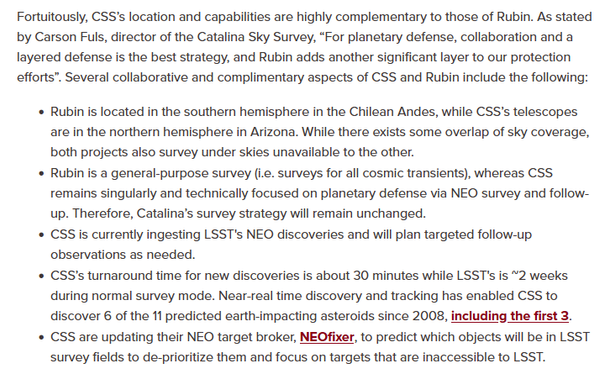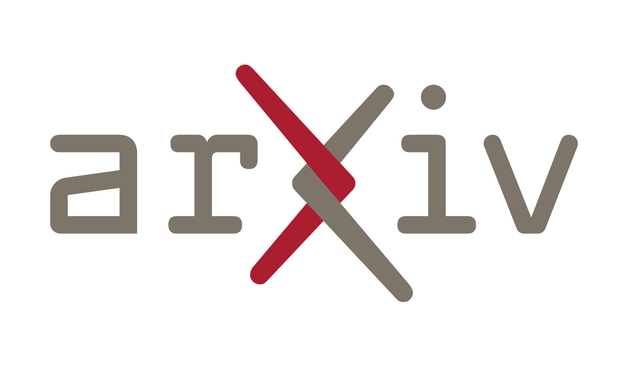The best part of #RubinFirstLook: the exquisite quality, sheer number of frames, and algorithm matching for each asteroid detection. As expected, this is game over for all other "citizen science" projects or amateur observations out there, at least for MBAs: who can beat this?
https://rubinobservatory.org/gallery/collections/first-look-gallery/5iqj02kcs14lt24j845a58n15p
Credit: NSF–DOE Vera C. Rubin Observatory

